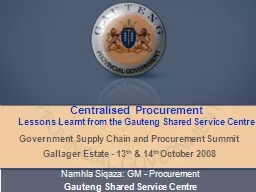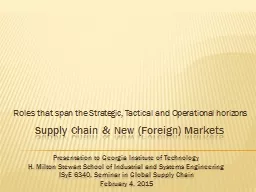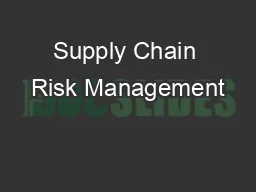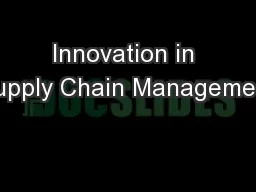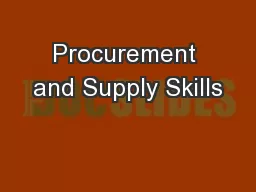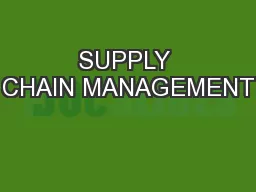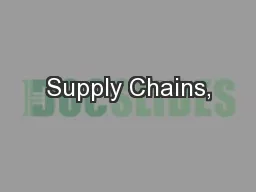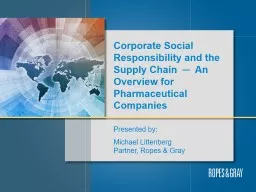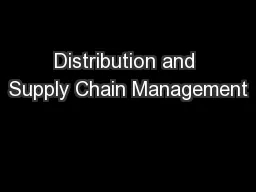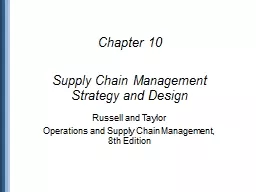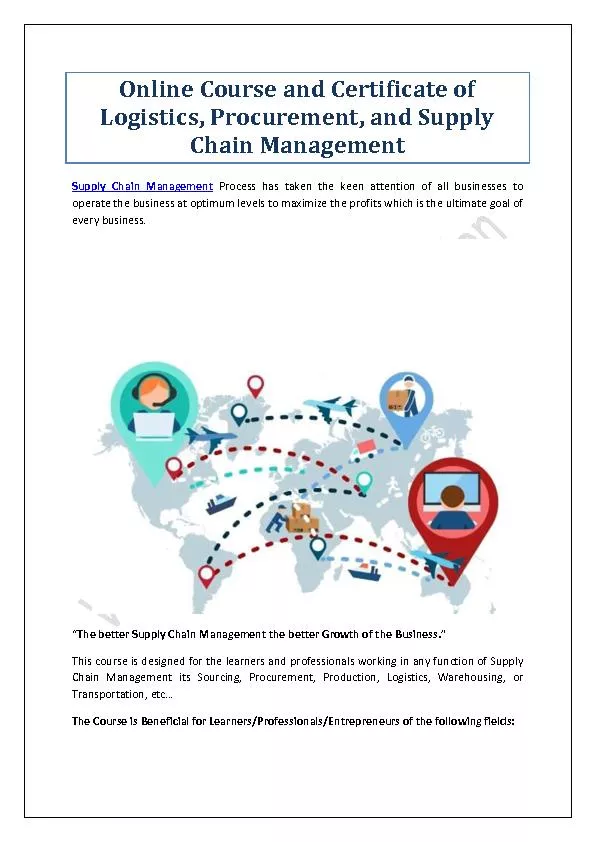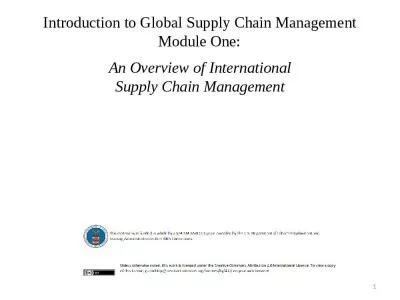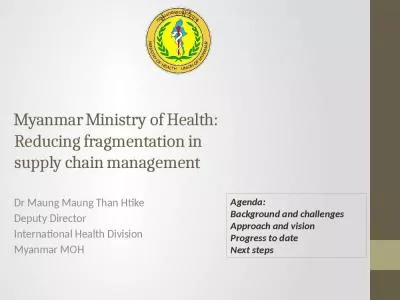PPT-Government Supply Chain and Procurement Summit
Author : yoshiko-marsland | Published Date : 2016-02-29
Gallager Estate 13 th amp 14 th October 2008 Centralised Procurement Lessons Learnt from the Gauteng Shared Service Centre Namhla Siqaza GM Procurement Gauteng
Presentation Embed Code
Download Presentation
Download Presentation The PPT/PDF document "Government Supply Chain and Procurement ..." is the property of its rightful owner. Permission is granted to download and print the materials on this website for personal, non-commercial use only, and to display it on your personal computer provided you do not modify the materials and that you retain all copyright notices contained in the materials. By downloading content from our website, you accept the terms of this agreement.
Government Supply Chain and Procurement Summit: Transcript
Download Rules Of Document
"Government Supply Chain and Procurement Summit"The content belongs to its owner. You may download and print it for personal use, without modification, and keep all copyright notices. By downloading, you agree to these terms.
Related Documents

